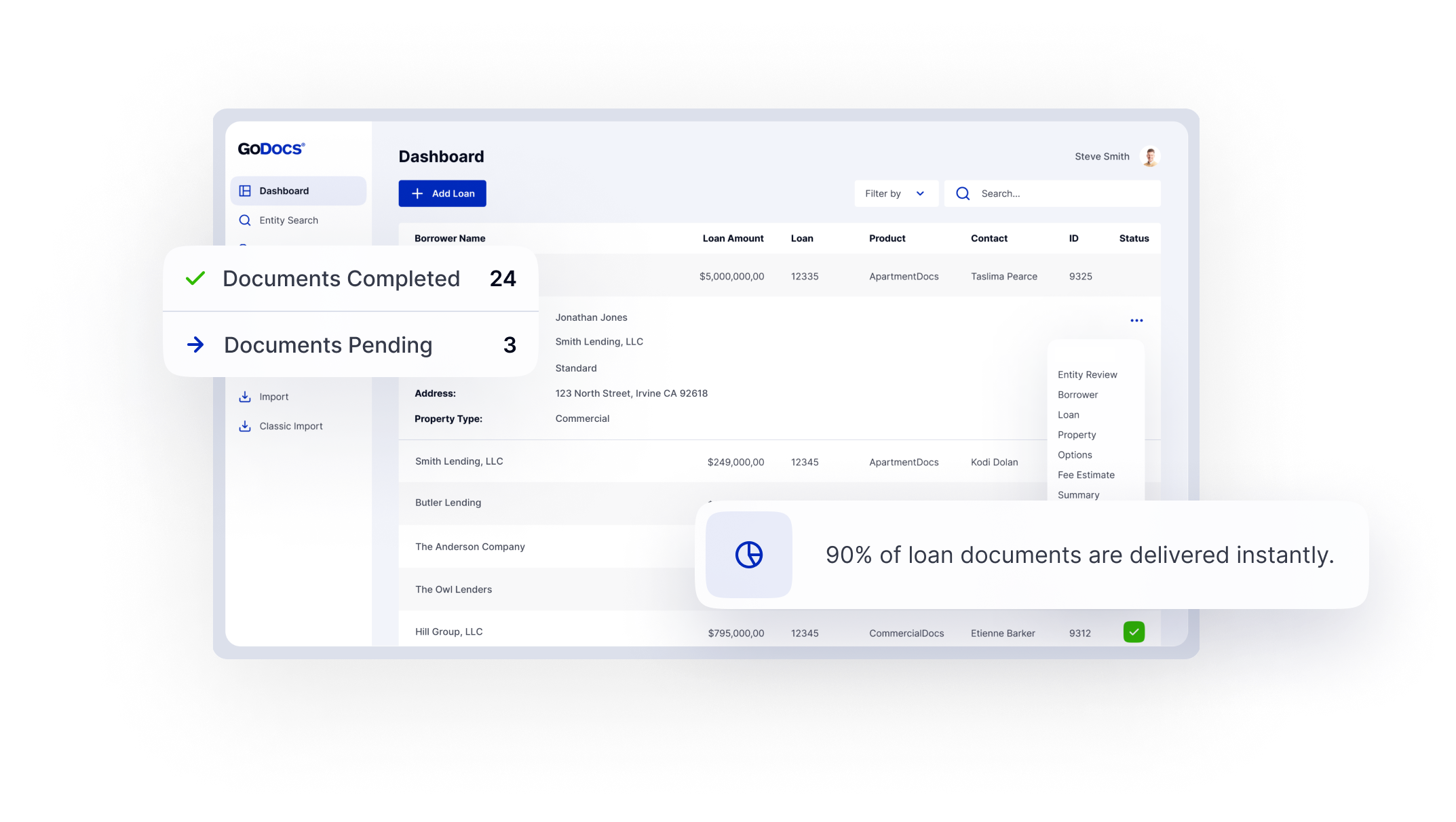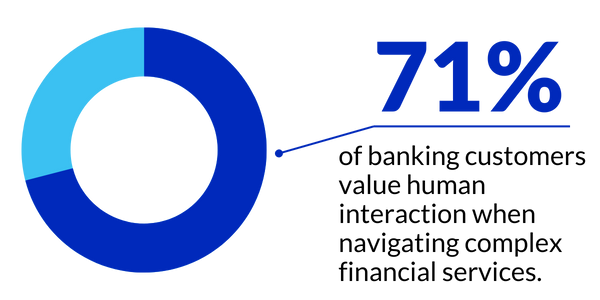Small business lending is poised for an upswing. With renewed federal backing, shifting economic conditions, and a surge in entrepreneurial activity, SBA loans, especially 7(a), 504, and Express loans, are expected to see substantial growth in the coming year.
For banks and credit unions, this isn’t just a seasonal bump. It’s a rare opportunity to capture market share, deepen community roots, and build long-term revenue streams by supporting the backbone of the economy: small businesses.
Rising SBA Demand
The outlook for SBA lending is positive. As businesses look to refinance higher-interest debt, unlock working capital, or cautiously invest in expansion, SBA loans offer a government-backed solution that reduces risk for lenders while remaining affordable for borrowers.
In fiscal year 2024, the SBA backed $56 billion in small business financing, a 7% increase over the previous year. Even more striking: for the first time since 2008, the agency made more than 100,000 individual loan financings, representing a 22% year-over-year increase (AP News).
These numbers point to one clear reality: demand is accelerating, and lenders need to be ready to meet it.
A Surge with Historical Echoes
If this all feels familiar, it should. During the 2008 financial crisis, SBA 7(a) loans saw significant demand, but also experienced rising charge-offs, peaking at 6.87% in 2015 (Wilary Winn / Office of Financial Research).
That historical pattern serves as a cautionary tale for lenders today: growth in lending volume often coincides with increased risk. And while SBA volume is growing, so are early signs of financial strain. Recent data from SBA Lenders Reports indicates a rise in delinquencies and defaults within the SBA loan portfolio.
This makes underwriting more critical than ever. Lenders are now being advised to tighten due diligence protocols, including requesting more granular borrower data, like monthly financials for the past 12 months, to better assess true financial health.
The Technology Gap and Opportunity
The challenge for many institutions isn’t a lack of intent, it’s a lack of infrastructure. Manual document preparation, outdated compliance processes, and disjointed digital workflows can bring even the most promising SBA programs to a crawl.
Today’s small business borrowers expect speed, convenience, and mobile-first service. They’re comparing not just rates but experiences. If your lending process is bogged down by paper forms and legal bottlenecks, you’re going to lose out to competitors who offer a fast, digital-first alternative.
To win in this environment, banks and credit unions must modernize their small business lending operations, starting with documentation.
The Time to Prepare Is Now
The next 12 to 18 months will define the future of small business lending. Institutions that invest in speed, compliance, and borrower experience will rise to the top. Those that don’t risk being left behind.
At GoDocs, we’re ready to help you meet the moment, by equipping your team with the SBA 7(a), 504, and Express loan closing tools to lend faster, smarter, and safer.
We use these insights to benchmark commercial lending trends and deliver more relevant resources. See how we protect your data in our Privacy Policy.
Chief Marketing Officer








